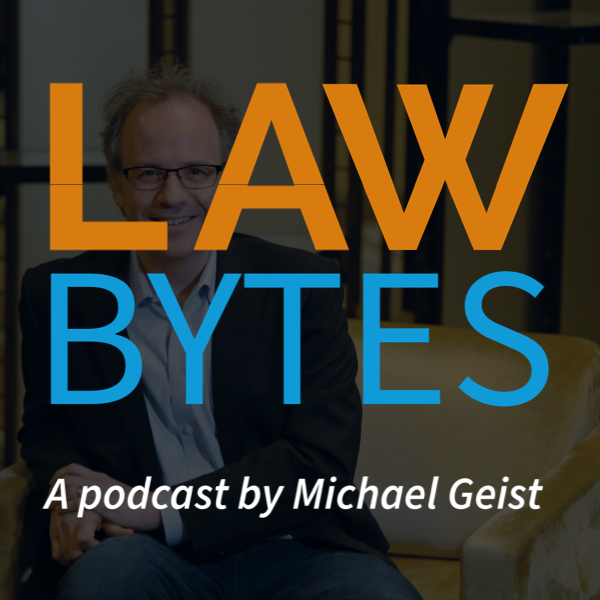As part of a major set of copyright reforms in 1988, Canadian copyright law was amended to allow for the making of backup copies of computer programs. Section 30.6(b), the backup copy provision, is quite narrow, permitting the making of a single backup copy of a computer program "for a person who owns a copy of the computer program," provided that the copy is for backup purposes only and that it is destroyed "immediately when the person ceases to be the owner of the copy of the computer program."
This provision, which has not been tested in the courts, raises the interesting question of whether owning a copy of the computer program refers to owning the copyright in the computer program or owning the physical copy of the computer program. Many commentators believe that it refers to copyright ownership, in which case the provision is relatively meaningless given that most consumer software is licensed and not owned (although the enforceability of licenses that prohibit backup copies would make for an interesting test case).
The provision would be far more useful (and make much more sense) with the latter interpretation, however.






